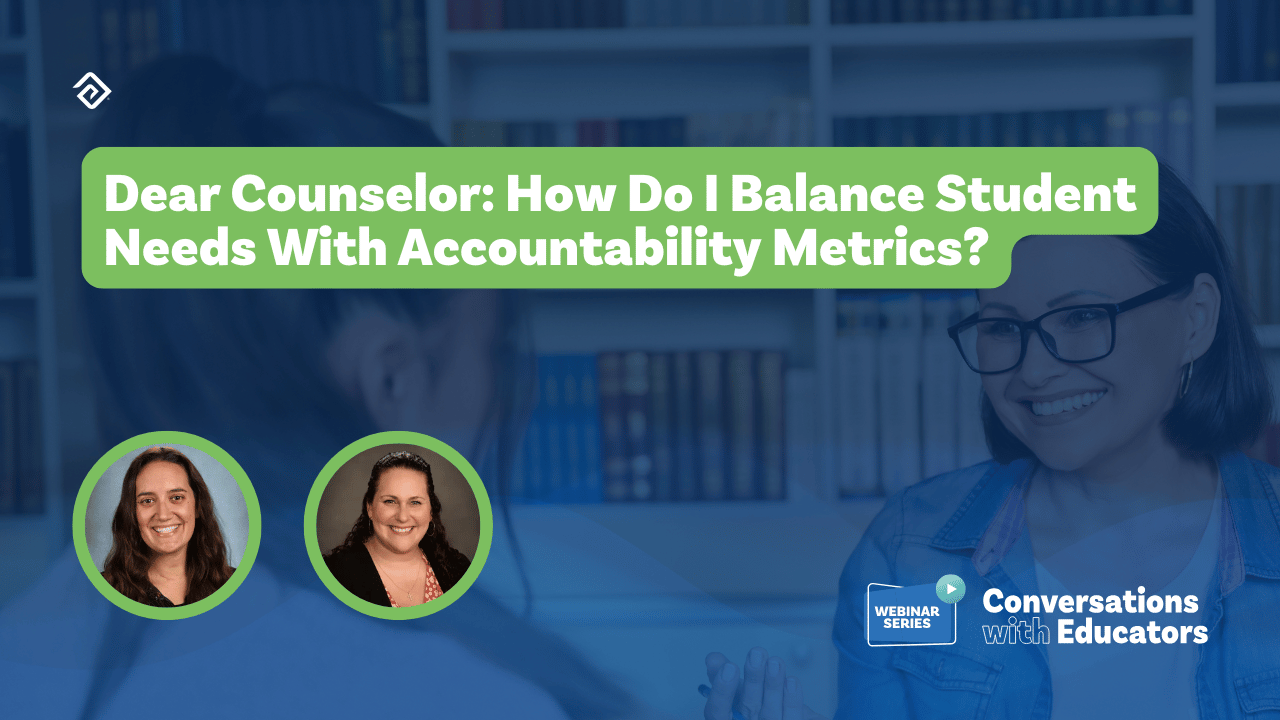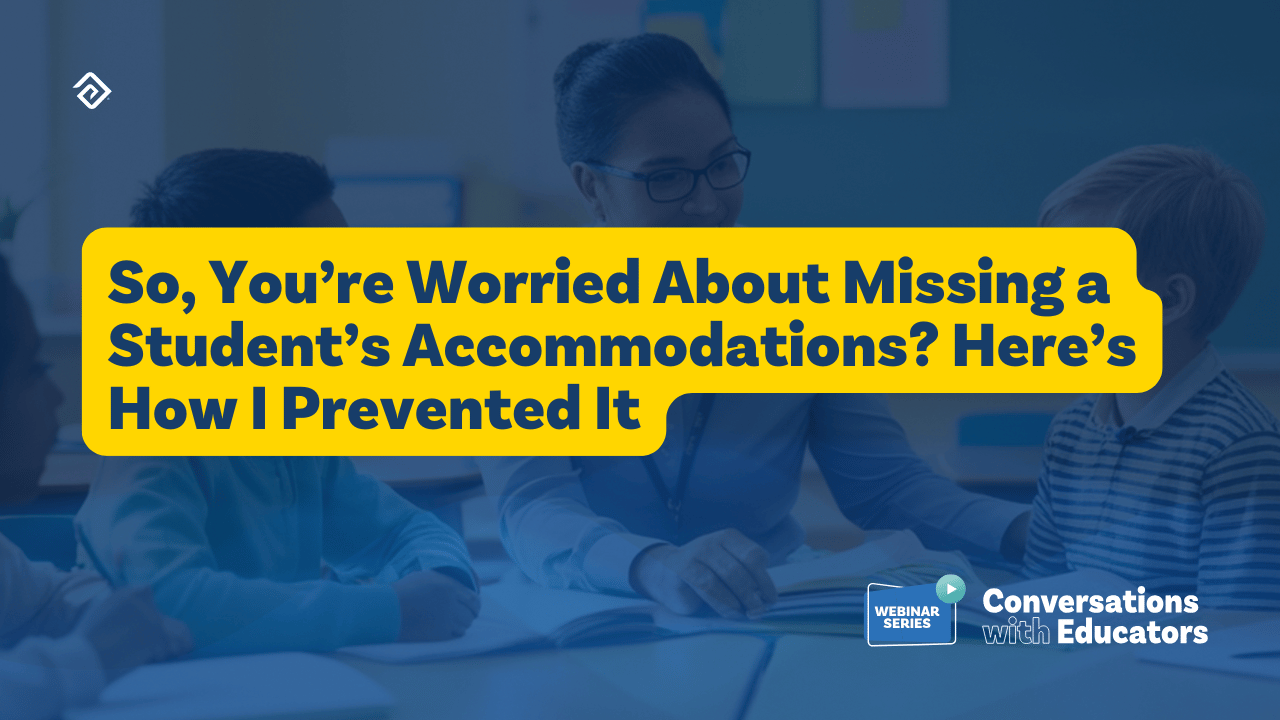Innovation in the Classroom: Five Characteristics of Successful Classrooms
Innovation in classroom learning encompasses a variety of instructional strategies aimed at increasing student engagement, developing creativity, encouraging collaboration, and deepening understanding through the use of real-world issues.
Non-traditional methodologies include:
- Project-based learning - teaching about different subjects simultaneously by looking at a real-world problem and developing a solution using evidence to support the claim.
- Roundtable discussions - having students discuss a topic with their peers in a round table
- Design thinking - using an iterative process to understand topics, redefine problems, and create new solutions to prototype and test
- Maker education - problem based learning that uses hands-on, collaborative, discovery experiences to solve problems and learn by doing, not by watching. Materials might include things like 3D printers, laser cutters, AV equipment, or software like Raspberry Pi and Arduinos.
- Brainstorming - encouraging creative thought from students to develop higher order thinking skills by having students share all of their ideas to solve a particular problem
These techniques are often student-centered and can look very different from class to class and student to student.
According to a research report by Gallup, students who study in a creative and technology-based environment were more successful at:
- Solving problems
- Thinking critically
- Retaining information
- Exhibiting deeper comprehension
- Making connections across subjects
- Succeeding on standardized tests
Five Characteristics of an Innovative Classroom
An innovative learning strategy requires a paradigm shift from the traditional methods. To accommodate this transition, classrooms should include these five elements:
1. Reflection
Innovative classrooms are often inquisitive and reflective. Teachers should consider what is or is not performing to expectations both as a class and independently. While self-reflection might be difficult, it is necessary to ensure that individual lessons are more effective and help students learn more material.
Students should also take time to reflect on what they have learned to create deeper connections and memories in their brains. Just reading about something makes things easy to forget. Cognition advances to another level when a student reflects on what they have learned and how it applies to their life.
2. Constant Learning
Every event in the classroom should be viewed as a teaching opportunity, and students will benefit from variety and a change every 15-20 minutes or so.
This discipline immersion helps build student engagement and interest, driving students to achieve higher levels of success.
3. Technology
One general approach for instructors to be inventive is to adapt along with technology. Not all technology is cheap, but even considering the use of cell phones or incorporating educational videos online is a modest step that teachers can take to become more inventive. Since many teachers recognize the incredible knowledge students have at their fingertips, many schools no longer have a zero-tolerance policy concerning cell phones.
While schools are unlikely to have a budget to acquire a classroom set of top-of-the-line virtual reality spectacles, they may be able to afford a classroom set of Google Cardboard. Furthermore, students can go on virtual field trips around the world using a variety of apps to explore famous buildings (Google Expeditions app), walk down streets in other countries (Google Street View app), look inside a human brain (InCell and InMind), and even learn the basics of how to create their own virtual reality experience (Cardboard Design Lab app).
Teachers have implemented Skype in the classroom to bring in guest lecturers who are unable to visit the school in person. Legislators, scientists, people from around the world, and celebrities are all examples of guest speakers who have been able to virtually interact with students around the world.
For example, when talking about politics, students invite a state governor or senator and contact them to see if they'd want to come in and speak to your class. Even if it's only for a quick hello, giving students the chance to connect with the content they're studying on a human level is crucial.
4. Self-Directed Learning
Self-directed learning allows students to concentrate on a subject that interests them. Many teachers have attempted this directive by providing students with a list of research project ideas from which to choose. Students working on a project after their own hearts are far more likely to put effort into it and meet learning objectives.
This aspect of innovation often involves schools, teachers, parents, and the community as students are eager to show off their projects to others.
Teachers, on the other hand, must devote considerable time to assisting students in developing skills necessary to become self-directed learners. It can be hard to develop such a wide variety of options to ensure students are given the option to study what they want to learn in the method they choose.
5. Place-Based Learning
Teachers can send their students on field trips to local planetariums or museums to encourage learning outside the classroom. For example, the Environmental Charter School in Pittsburgh frequently sends children to a 500-acre park located immediately next door.
While there are many types of place-based learning, project based learning and work-based learning are two of the most frequent:
- Project-based learning allows students to concentrate on a topic they see as a challenge and work toward a solution. Students have the flexibility to solve problems within the classroom, but may present their solutions to the community in a place baced learning situation.
- Work-based learning allows students to gain experience in a field in which they are interested, granting students the opportunity to gain technical, academic, and other job-related skills while working in a real-world setting.
Innovative Techniques Used for Teaching
Below is a selection of creative techniques that schools can use to enhance student interaction and engagement:
- Promoting Learning through Flexible Spaces
In a classroom, rearranging the furniture and reorganizing the area is a simple technique to encourage
creative thinking and deeper participation. Baldwin schools on Long Island are effectively implementing this strategy to bring more innovative instruction to the district.
- Fostering Immersive Community Experiences
Immersing students in the local community to work on creative solutions to real-world problems is a fantastic opportunity for them to learn new skills and think in new ways such as working together to clean up a local park or volunteering at a local animal shelter. After all, one of the major goals for education is the ability to transfer learning from the classroom to the real world.
- Changing Roles in a Classroom
Students should take charge of their own education and specify the topics that they are interested in learning. If the teacher fosters a student-centered learning environment, peer-to-peer relationships will also grow. Students will feel comfortable sharing their thoughts with others in their class and help other students learn new skills. This is an important key to bringing new ideas into the classroom.
The Bottom Line
Teachers should continuously adapt and improve learning and teaching approaches in response to the changing world. Innovative teaching methodology requires teachers to harness creative education and assist students in grasping and solving modern-day challenges. Students in turn will be able to broaden their horizons and develop abilities outside of the classroom by incorporating innovation into their education and taking a leadership role in their own learning.



More Great Content
We know you'll love



